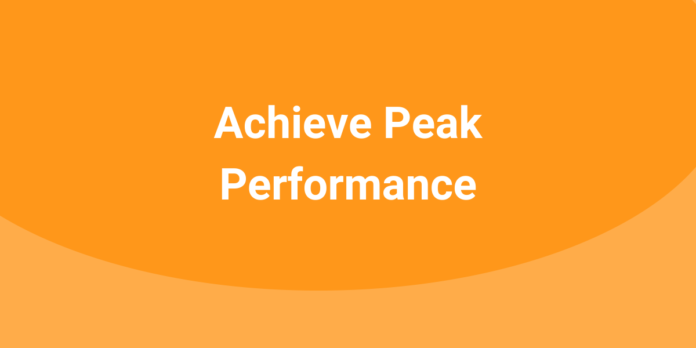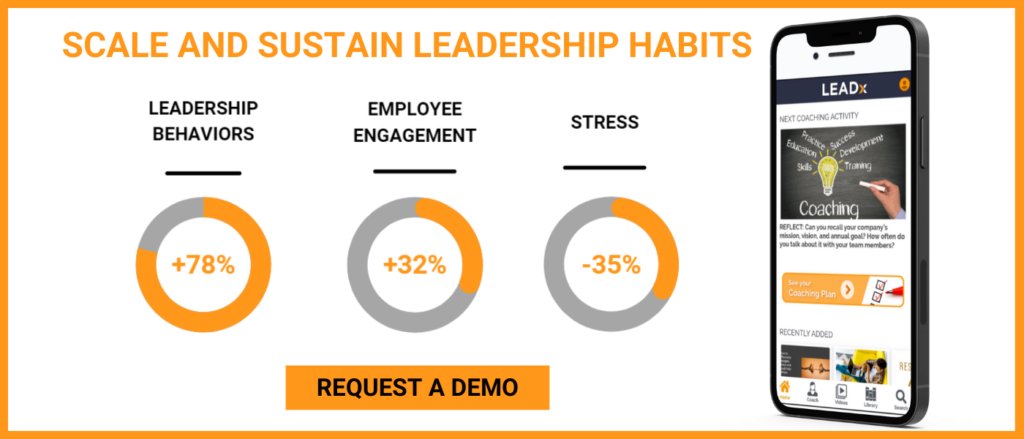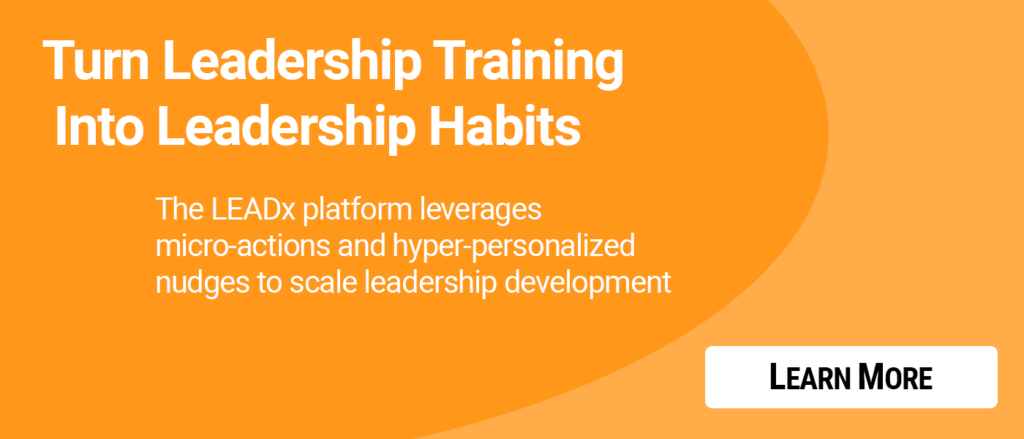
I recently had the pleasure of interviewing Dr. Jason Selk about his new book, RELENTLESS SOLUTION FOCUS. Dr. Selk is one of the nation’s premier performance coaches, has worked with business titans and superstar athletes. As Director of Mental Training for the St. Louis Cardinals, he played an important role in the team’s first World Series victory in more than twenty years in 2006, and their second in 2011.
Kevin Kruse: You’ve built your career teaching athletes and business people to boost their performance by overcoming “problem-centric thinking” and achieving what you call “relentless solution focus” or RSF. What exactly is RSF and why does it work?
Dr. Jason Selk: The thing to remember is this, self-confidence is the number one variable for all human performance. Focusing on solutions increases confidence, thinking about problems destroys confidence.
Relentless Solution Focus is the mind’s ability to stay focused on solutions, especially in the face of adversity. Over the course of my career, I’ve been very fortunate to have worked with and studied some of the most successful people to walk the planet. There is one common thread among these individuals, and that is their ability to keep their focus on solutions. It is this focus on solutions that drives these superstar levels of success and happiness.
The normal course of thought for most of us is to focus on problems and shortcomings first and foremost, which makes our problems and shortcomings bigger. Expectancy theory is a theory that is fundamental to performance psychology, and it states “that which you focus on expands.” When you focus on problems, they begin to feel bigger in your mind, often to the point that it becomes difficult to even come up with a potential solution. As soon as you force your thoughts on to potential improvements or solutions to life’s problems, it becomes much easier to continue to find the next inch of improvement, and then the next inch.
Kruse: With the pandemic and high stress levels, times are extremely tough for everyone. How can RSF work in this environment? Isn’t being relentless stressful in itself?
Selk: It is actually quite the opposite. There has never been a greater need for RSF. Our society is collectively sick with problem-centric thought. You don’t need to look much further than the first story on the news to see evidence of this. We are bombarded with problems in our meetings, in our news, in our conversations, in our minds. We experience stress because of a focus on problems. When our mind is consumed by a problem, our brain triggers our body to release the stress hormone cortisol. In even moderate doses, cortisol significantly limits intelligence and creativity, not to mention it makes us feel like garbage. As soon as we shift our focus on to potential solutions, our brain triggers our body to release a whole new set of neurotransmitters that enhance our performance and the way we feel. People who train their minds and develop the RSF mindset experience significantly less stress, better health, and more success. Being “relentless” about this only magnifies the positive impact.
Kruse: Tell us about the Mental Workout. Why is it a critical part of training the brain?
Selk: Neurons that wire together fire together, and neurons that fire apart wire apart. The Mental Workout is something I developed while in graduate school for athletes to help “re-wire” the mind for increased levels of success in training and competition. The fundamentals that helped athletes reach their peak potential were working as well, if not better, for people in the business world and also for those trying to improve health and happiness in their personal lives. The Mental Workout helps to retrain the brain toward solution-focused thinking. It helps prepare us to not only survive during times of adversity but to actually thrive in the tough times.
Kruse: How does the Mental Workout help alleviate stress?
Selk: All five tools of the mental workout are designed to reduce stress by refocusing the mind on more effective thinking. For example, the first of the five tools in the Mental Workout is called the “centering breath.” The centering breath is a targeted deep breath that works to control the heart rate by breathing in for six seconds, holding your breath for two seconds, and breathing out for seven seconds. This has the physiological effect of slowing down the heart rate, which elevates in response to stress or pressure. When the heart rate is elevated beyond a certain level, we lose the ability to perform to our potential. Learning to use the centering breath to control arousal and deal with stress is a critically important tool for controlling thoughts and improving performance.
Kruse: The central piece of the Mental Workout is what you call the “personal highlight reel,” which is about a minute of visualization. Why is visualization effective? What images should be part of this highlight reel?
Selk: Jack Nicklaus, arguably the greatest golfer of all time famously said, “I never hit a shot, not even in practice, without having a very sharp, in-focus picture of it in my head.” Visualization is the number one tool in performance psychology. It is incredibly impactful. Some research suggests that one minute of visualizing effectively is as good as seven minutes of actual physical practice. The visualization component of the personal highlight reel consists of two parts. The first part involves visualization of who you want to be and what you want your life to be in the long term (three to five years in the future), and the second part involves visualization of the three most important parts of the upcoming day that will put you in the best position to achieve that long-term vision. It is important to have a clear idea of who you want to be and what you want your life to be; otherwise, you have a very slim chance of getting there. Visualizing clearly what you need to do in the upcoming day to achieve this vision prepares you to execute these most important tasks at the highest level. Mr. Nicklaus knew early in his career what science has confirmed about the power of visualization—form the habit of visualizing before performing, and great things will happen.
Kruse: What’s the difference between the Mental Workout and giving yourself a pep talk?
Selk: I love a good pep talk, but a pep talk will not change your habits or behaviors for long. True change and improvement require consistent training. The Mental Workout is a scientifically proven training method that effectively retrains your brain to make positive changes in thinking and in execution. The great news is that this training requires no more than two minutes per day. If you will commit to the simple, consistent training toward developing a Relentless Solution Focus, you will reap the benefits to your health, happiness, and success.
For more information, go to: http://www.jasonselk.com







